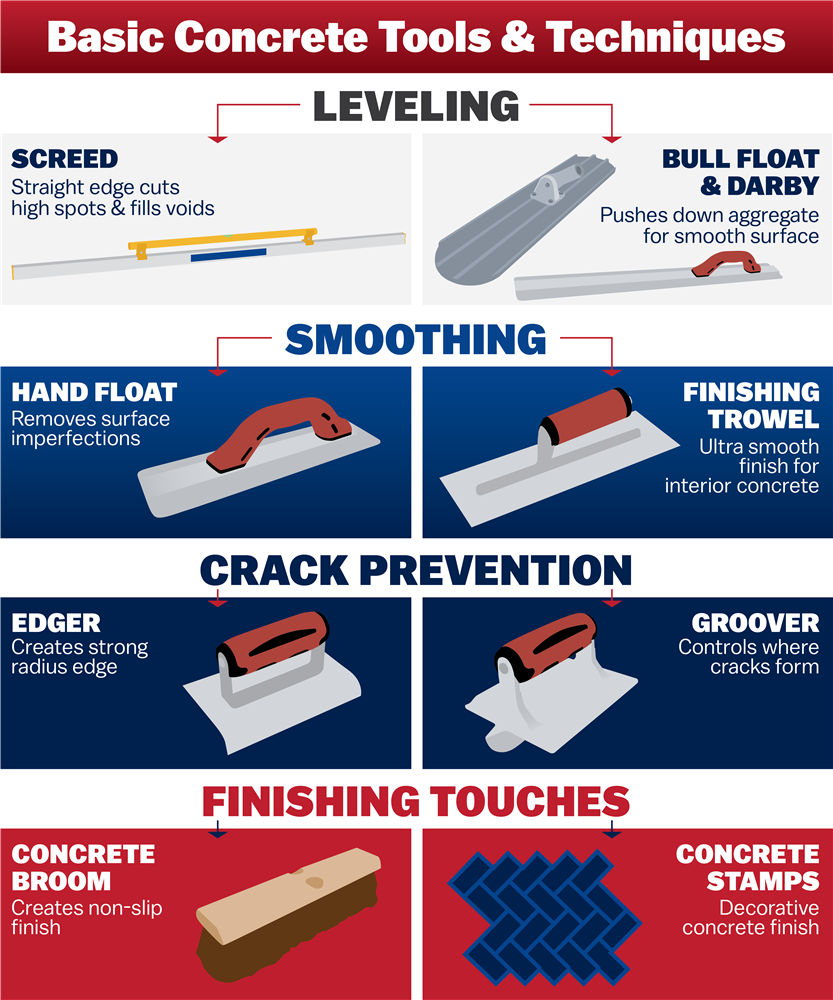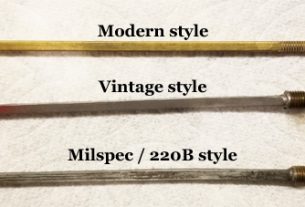Are you tired of spending hours on a project only to be disappointed with the final result? Do you want to take your woodworking, metalworking, or DIY projects to the next level? Then look no further than finishing tools. With the right equipment and techniques, you can achieve professional-level results in no time.
In this article, we’ll cover everything you need to know about finishing tools. From sanders and polishers to paint sprayers and more, we’ll explore how each tool works and how it can help you achieve the perfect finish every time. So grab your safety goggles and let’s get started!
[h2]What Are Finishing Tools?[/h2]
Finishing tools are specialized equipment designed to help you achieve a smooth, even surface on your projects. They come in a variety of shapes and sizes, from handheld sanders to large-scale spray booths. Some common examples include:
• Sanders: Sanders use abrasives such as sandpaper or pads to remove material from a surface. They come in various types including belt sanders, orbital sanders, and random orbit sanders.
• Polishers: Once you’ve sanded your project down to a smooth surface, a polisher can help bring out its shine. They typically use buffing pads along with specialized compounds to achieve a high-gloss finish.
• Paint Sprayers: For larger projects like furniture or cabinetry, a paint sprayer can save time and effort while providing an even coat of paint or stain.
[h2]Choosing the Right Finishing Tool[/h2]
Choosing the right finishing tool can seem overwhelming at first. Here are some factors to consider when making your decision:
• Project Size: The size of your project will dictate the type of tool you need. A small handheld sander may be sufficient for small pieces like picture frames or coasters, while a larger project like a dining table may require a more heavy-duty tool.
• Material: Different materials require different types of finishing tools. For example, metalworking projects may require a grinder while woodworking projects will benefit from sanders and polishers.
• Level of Finish: Consider the level of finish you want to achieve. If you’re looking for a high-gloss finish, a polisher will be necessary. If you just need to smooth out rough edges, a sander may do the trick.
[h2]Tips for Achieving Professional Results[/h2]
While having the right finishing tool is important, technique is also key. Here are some tips for achieving professional-level results:
• Start with the Right Grit: When sanding, start with a coarse grit and work your way up to finer grits. This will ensure that you remove any imperfections while still maintaining a smooth surface.
• Use Appropriate Pressure: Applying too much pressure can damage the surface or create uneven spots. Apply light pressure and let the tool do the work.
• Keep it Clean: Dust and debris can quickly ruin your finish. Make sure to keep your workspace and tools clean throughout the process.
[h2]Conclusion[/h2]
Finishing tools are an essential part of any DIY or professional project. With the right equipment and techniques, you can achieve professional-level results in no time. Remember to consider factors such as project size, material, and desired level of finish when choosing your finishing tool. And always follow best practices for sanding, polishing, or spraying to achieve the perfect finish every time.
For more information on finishing tools and techniques, check out these resources:
• Woodworking Network – https://www.woodworkingnetwork.com/
• Metalworking World – https://www.metalworkingworldmagazine.com/
• Paint Sprayer Magazine – https://paintsprayermag.com/




